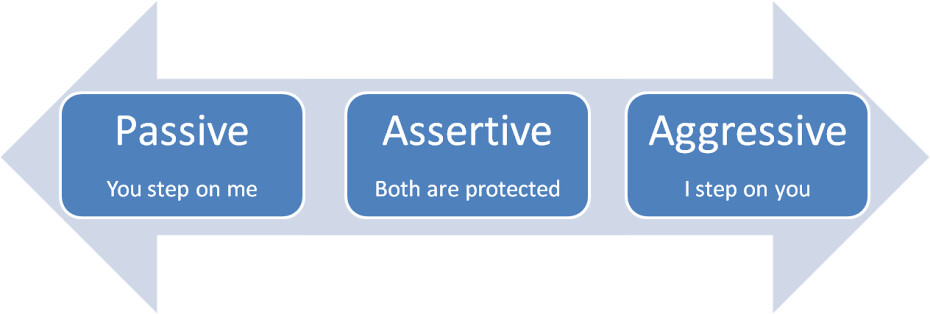Learn to Accept Objections as a Challenge Which, When Handled Correctly, Will benefit you and Your Prospect.- The salesperson should welcome objections and not be taken personally
1-Major or minor objection. 2-Practical or psychological objection. 3-Practical (overt). 4-Psychological (hidden).
-Clarify and Classify
-Use confirmation questions
- Ask if there is anything else
- Try to distinguish between genuine objections and excuses
-Restate or rephrase in your own words
-Use words such as, “I understand how you feel”
-Prepare the prospect for your answer
-Phase of the interview
-The prospect's mood
-The number of times that this objection came up
-The type of objection
-Attempt to Close
-Continue the Presentation If You do Not Succeed
1-Product comparison1- Compare advantages and disadvantages
2- When the prospect is mentally comparing the present product or a competing product with your product, you may make a complete comparison of the two
2-Case history or testimonial - Describe the experience of a customer whose situation is similar to that of the prospect
3- Demonstration 1- One of the most convincing ways to overcome buyer resistance and specific objections.
2- Sometimes a second demonstration is needed to overcome buyer skepticism.
4-Guarantees or warranty 1- Removes resistance by reassuring that the purchase will not result in a loss.
2- Guarantees must: be meaningful - provide for recourse on the part of the customer
5-Cost of delaying 1- The prospect wants to wait a while before making a final decision.
2- Use pencil and paper to show that delaying the purchase is expensive.
6-Boomerang
1-The objection comes back to the customer as a selling point.
2-Do not sound like you are trying to outwit the customer.
3-Use a friendly, helpful tone of voice.
7- Direct Denial
1- Considered a high risk method of handling buyer resistance. Use it with care.
2- If the buyer resistance is not valid, there may be no other option than to refute it by providing accurate information.
8- Indirect Denial 1- Acknowledge that the prospect is at least partially correct.
2- It initially appears as agreement with the customer's objection but moves into denial of the fundamental issue.
3- If done in a natural, conversational way the salesperson will not offend the prospect.
4- Rephrase or have the prospect rephrase
5- Blame yourself
6- Give the facts that answer the objection
The most difficult objection type is price objection and When Dealing with Price Resistance
DO
- Add value with a cluster of satisfactions.
- Point out the relationship between price and quality.
- Explain the difference between price and cost.
- Employ the Presumption of Exclusivity
1- Stress your product's exclusive features
2- Identify extras that only come from you
3- Sell quality, exclusivity and differential features
- Sell Down
1- All prospects have a buying range
2- Show the best first and then let the prospect reduce price by removing features or lowering quality
DON'T
- Apologize for the price.
- Make price the focal point of your sales presentation.
- Become demanding
- Become defensive
- Become hostile












